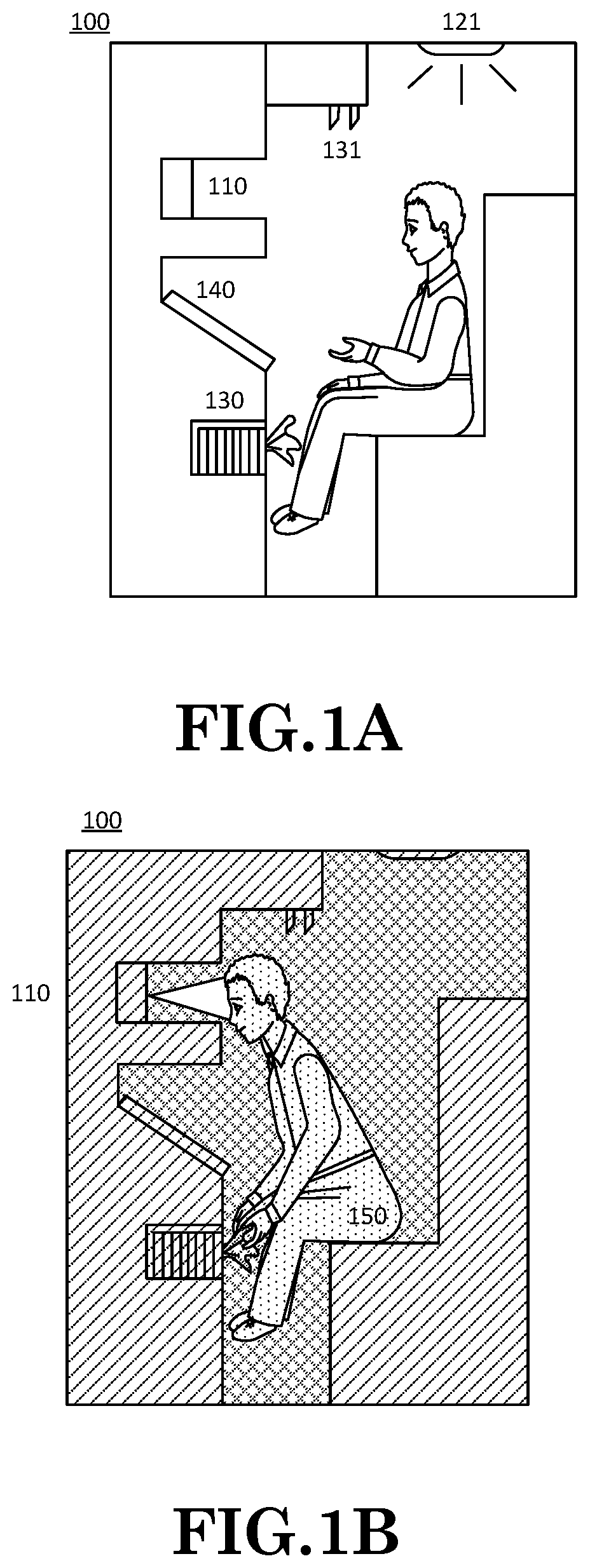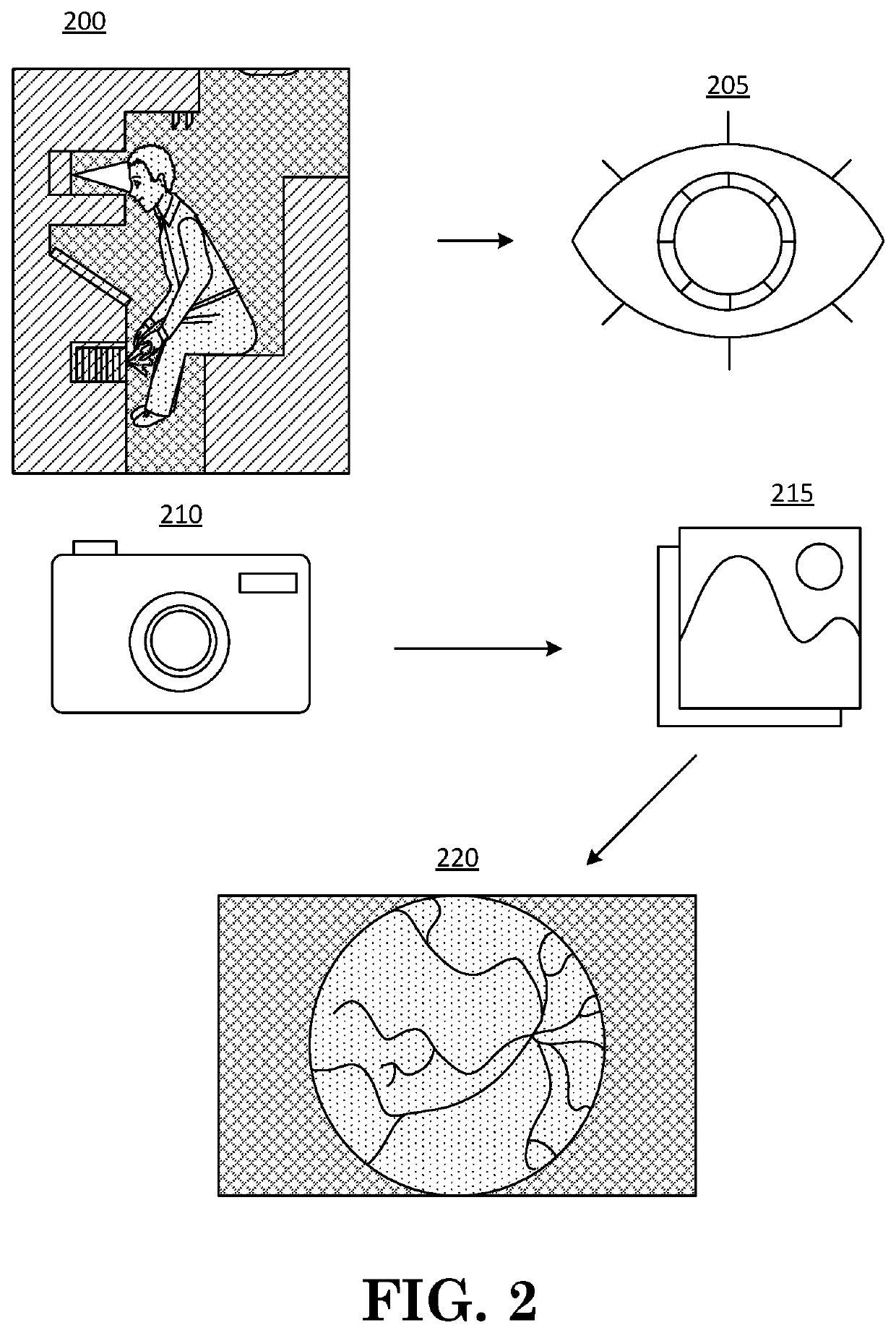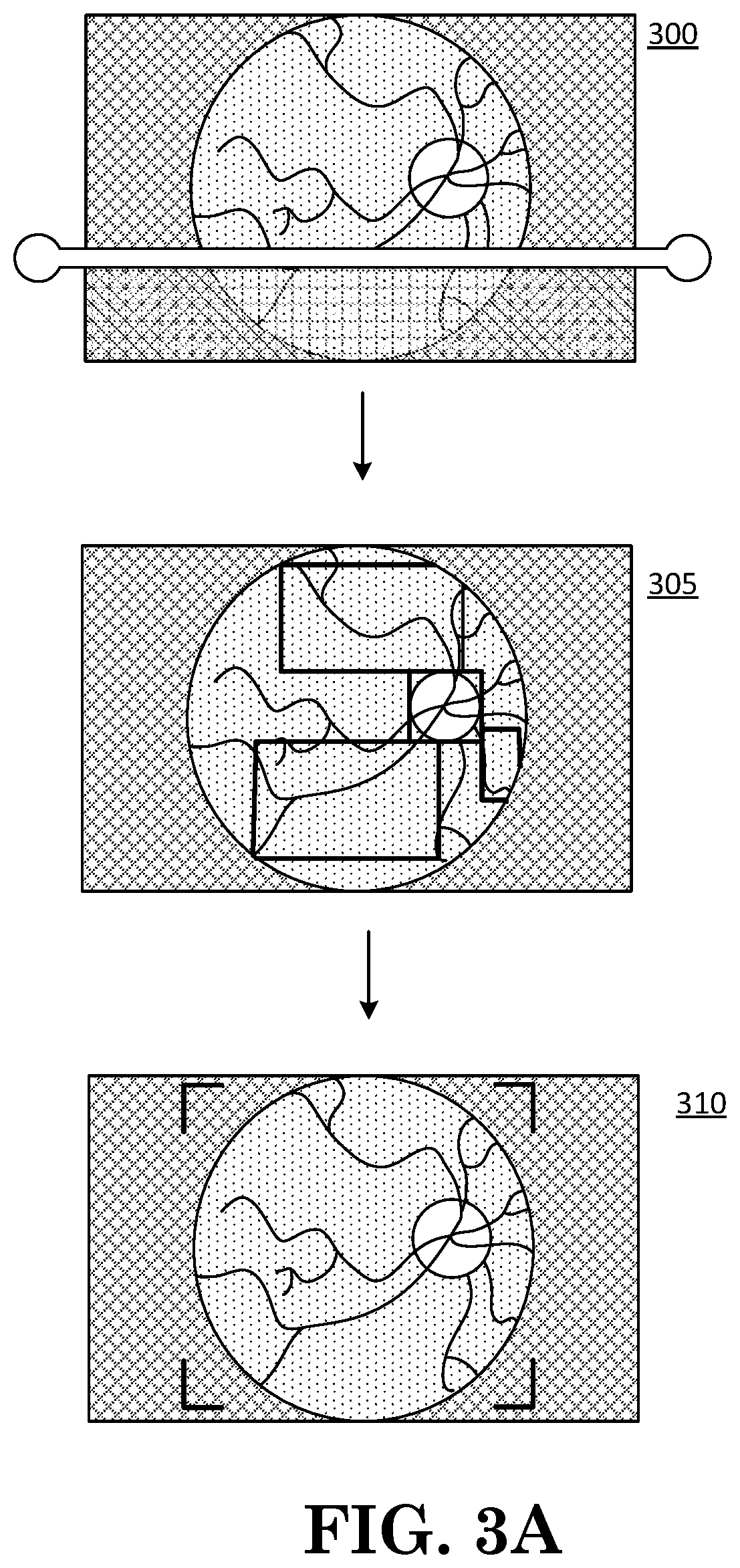Methods and apparatus for screening for maladies by retinal scan
a retinal scan and retinal scan technology, applied in the field of retinal scan screening methods and apparatuses, can solve the problems of avoiding eye doctors, difficulty in finding an appointment time that works with their schedule, and difficulty in making an appointment within a reasonable amount of time, so as to improve the ability of diagnosing or educating patients, convenient and readily available, and increase awareness
- Summary
- Abstract
- Description
- Claims
- Application Information
AI Technical Summary
Benefits of technology
Problems solved by technology
Method used
Image
Examples
Embodiment Construction
[0030]The present disclosure provides generally for an exemplary OTS that may prescreen for ophthalmic diseases on demand, without intervention by technicians or other humans. According to the present disclosure, an OTS may screen for disease and other maladies, such as diabetic retinopathy, Alzheimer's, or heart disease, and give the user instant (or nearly instant) results once the test has concluded.
[0031]In some embodiments, an OTS may require general and medical information about the user to store and determine more about each test data recorded. In some aspects, an OTS may avoid collecting any data that may trigger HIPAA compliance. In some implementations, limited collection of data may reduce a need for extensive local storage or wireless capabilities for transferring large amounts of data.
[0032]In some embodiments, an OTS may process and analyze the ophthalmic images and send them to a user's doctors and healthcare facilities they may have provided. In some implementations,...
PUM
 Login to View More
Login to View More Abstract
Description
Claims
Application Information
 Login to View More
Login to View More - R&D
- Intellectual Property
- Life Sciences
- Materials
- Tech Scout
- Unparalleled Data Quality
- Higher Quality Content
- 60% Fewer Hallucinations
Browse by: Latest US Patents, China's latest patents, Technical Efficacy Thesaurus, Application Domain, Technology Topic, Popular Technical Reports.
© 2025 PatSnap. All rights reserved.Legal|Privacy policy|Modern Slavery Act Transparency Statement|Sitemap|About US| Contact US: help@patsnap.com



